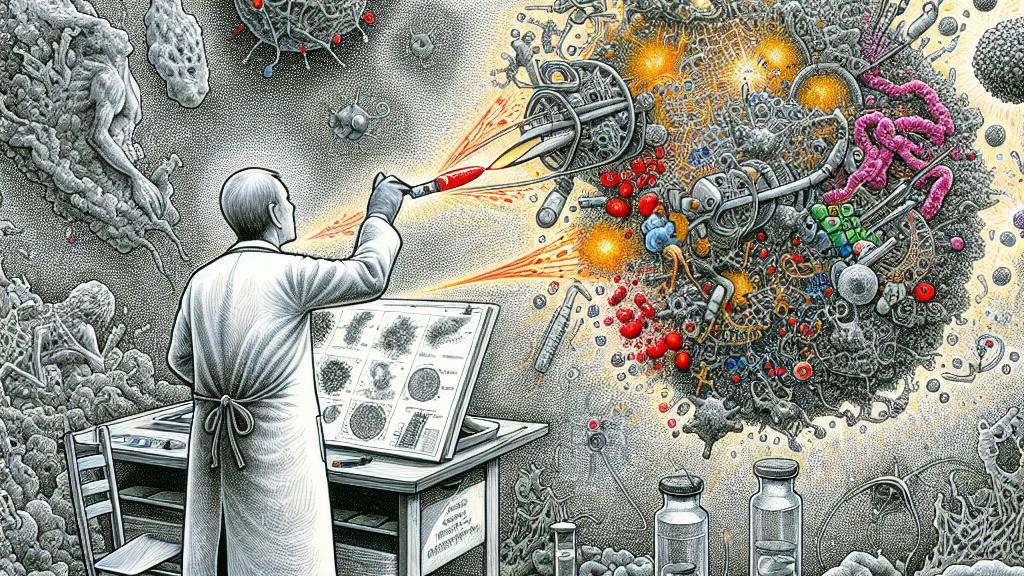Advancements in Synthetic Receptors for Disease Detection and Cellular Communication
Overview
- Discover synthetic receptors designed with the remarkable ability to respond to soluble ligands.
- Explore the transformative therapeutic potential that engineered cellular communication brings.
- Uncover how SNIPR technology is paving the way for advanced disease detection and treatment.

A Leap Forward with Synthetic Receptors
Consider the groundbreaking advancements in the development of synthetic receptors, particularly those known as SNIPRs (synthetic intramembrane proteolysis receptors). These innovative creations not only respond reliably to soluble ligands, but they do so with extraordinary precision, resembling a master artist crafting a perfect piece. For instance, imagine how CAR T cells can be directed right at tumor sites that express specific factors, transforming the treatment landscape. By activating these synthetic receptors exactly where they're needed, we minimize the risks of collateral damage to healthy cells, thereby bolstering the efficacy of therapies and offering hope to countless patients battling aggressive cancers.
Synthetic Receptors: Creating Intricate Cellular Networks
Envision a vibrant city where each building stands as a cell, communicating efficiently with its neighbors to create a harmonious network. This analogy speaks to the role of synthetic receptors in establishing sophisticated signaling networks. Engineered to work independently of natural pathways, these receptors form a new language of communication. They can trigger cascades of responses that mimic—and even enhance—natural cellular interactions. Just as cell towers ensure the smooth operation of wireless communication, these synthetic receptors could revolutionize intelligent communication between engineered therapeutic cells and their environments, leading to innovative applications in health and disease management.
The Future of Disease Detection: A New Paradigm
Imagine if the remarkable ability of dogs to detect diseases by scent could be enhanced through technology; that’s where synthetic receptor technology shines. Researchers are already envisioning portable devices utilizing these receptors, which could identify disease markers at unparalleled levels of sensitivity. Picture a tiny device that rivals the accuracy of trained dogs, operating at the touch of a button. This vision for the future suggests we could achieve rapid, non-invasive disease detection, freeing patients from the long waits typical of lab tests. The essence of this innovation isn't just efficiency; it could lead to timely interventions that save lives—truly making the seemingly impossible, possible.

Loading...